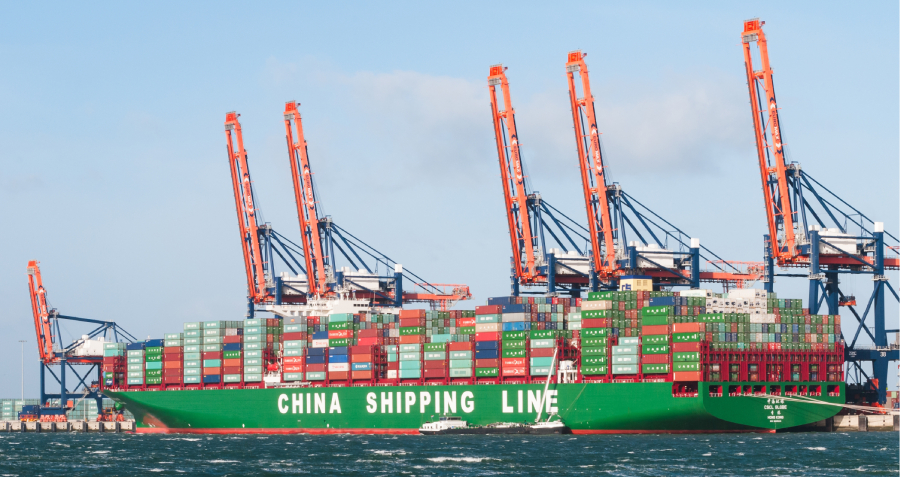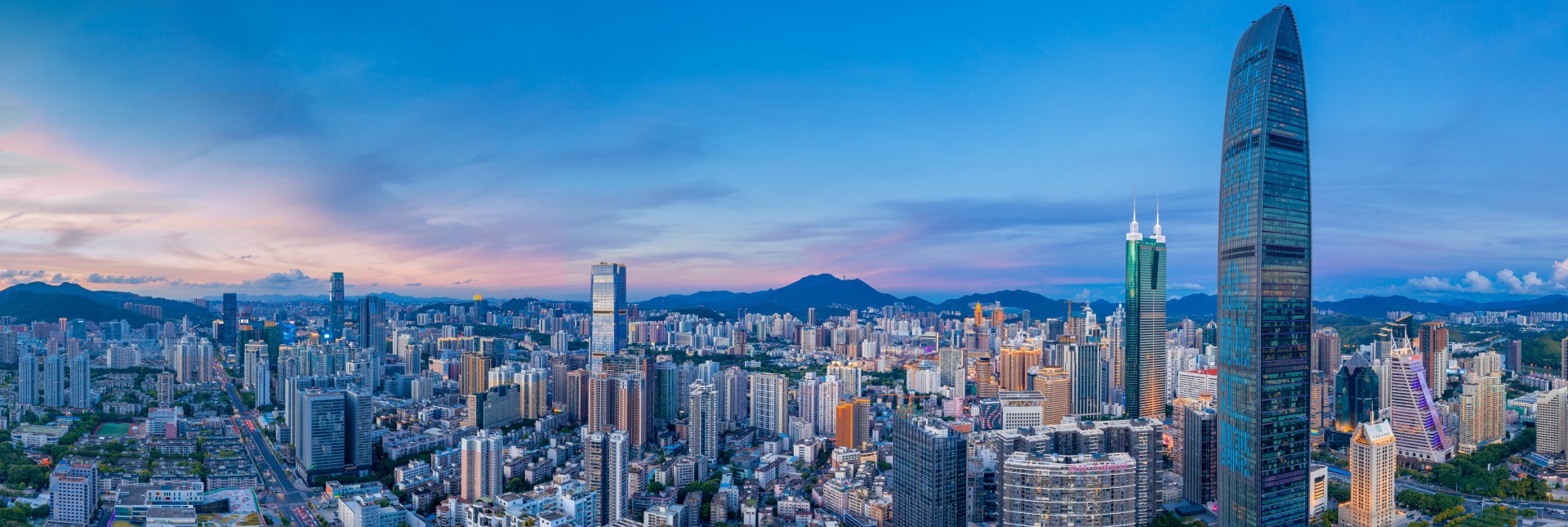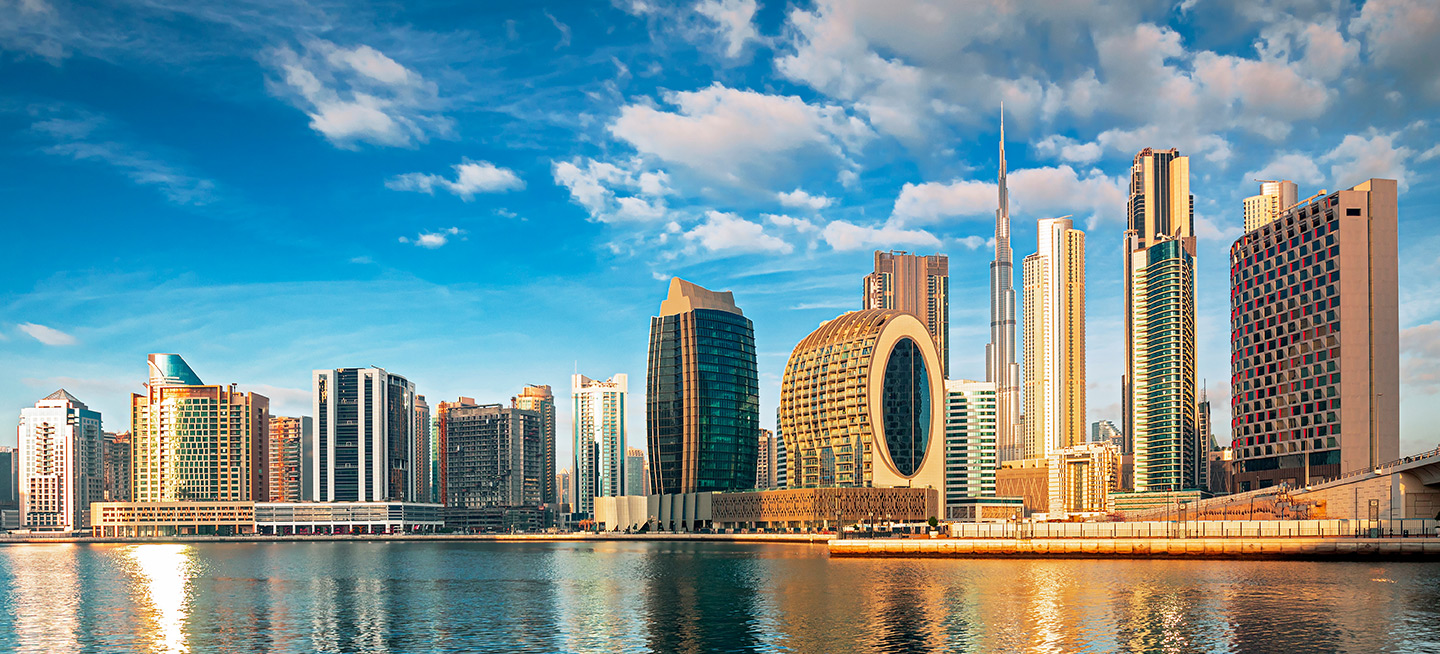Yin He cannot stand tour groups. The 29-year-old Beijinger has traveled to 20 different countries in the past few years, but she insists on doing so under her own steam.
“I don’t want to get up early every morning and follow a bunch of people around places in a rush,” she says. “I prefer to decide things in the moment and enjoy the freedom I don’t have when working. Plus, my English is good enough to communicate and solve problems by myself when I’m traveling.”
Chinese millennials like Yin promise to reshape the global tourism industry. Unlike their parents’ generation, who preferred to travel abroad on Chinese-organized tour groups, today’s young Chinese are independent, individualistic and willing to try more adventurous vacations.
This shift is opening up huge new opportunities for travel and tourism operators worldwide. They can now advertise directly to China’s 400 million children of the 1980s and 1990s, who often book their next trip online and on impulse.
For operators able to target this group, the rewards can be spectacular. Chinese millennials already make more overseas trips than all American tourists combined. They also spend more: tourists from China splurged $261 billion on international travel in 2016, the United Nations World Tourism Organization estimates, far higher than the $122 billion spent by tourists from the United States. But businesses looking to appeal to Chinese millennials need to understand what sets them apart.
Expanding Horizons
It is difficult to overstate the generation gap between Chinese millennials and their elders. Today’s young Chinese feel so different to their parents, who mainly grew up under Mao Zedong, that 74% say they have more in common with millennials in other countries than with older people in China, according to research firm JWT Intelligence’s Meet the BRIC Millennials report.
Like many young people in the West, China’s millennials see travel as essential to their lifestyle. Young Chinese typically spend 35% of their income on overseas trips, according to Hotels.com’s 2017 China International Travel Monitor report, even more than their Asian counterparts. Despite accounting for under one-third of China’s population, millennials make up two-thirds of Chinese outbound tourists.
“This young generation sees their lifestyle as the way to express their personal brand, and travel is a hugely important part of that identity,” commented Ellen Hou, CEO of consultancy Carat China, in a recent report.
Many millennials can invest heavily in their brand because of their relative lack of financial commitments. Geng Mengwen, a 28-year-old marketing professional from Tianjin in northern China, traveled to six countries last year.
“I have a stable job and I don’t have many outgoings—I’m not married, don’t have children, don’t pay installments on a car or house and I don’t need to support my parents either,” she says. “So, every three months or so, I have enough money for my next trip.”
Chinese millennials are also becoming more adventurous as they seek out new experiences to impress their friends with a well-timed selfie. The Eiffel Tower does not cut it anymore; these days, young Chinese head much further afield. While classic vacation spots like Japan and Thailand remain popular, the countries that saw the fastest growth in Chinese visitor numbers in 2017 included Morocco, Tunisia, Turkey and United Arab Emirates.
Lareina Yang, 32, a director at a media company in Beijing, chose to visit Morocco because Chinese nationals can travel there without a visa and she wanted to try something different. “It has amazing scenery and religious differences,” she says. “I like different cultures. I’d been to Spain before, and Morocco is near, and it’s part of Africa.”
Some travelers are even going to the ends of the Earth. Polar tourism has become fashionable with the number of Chinese traveling to see the Northern Lights soaring 400% between 2016 and 2017, according to online travel giant Ctrip.
Seeking the Unique
The way that millennials travel also differs dramatically to older generations. Before, when overseas travel was still a rarity for the Chinese, tourists would focus on cramming in as many stops at world-famous sights as possible. Today, travelers can afford to take their time.
“In the past, it was a case of ticking boxes, sharing the selfie and buying the paraphernalia,” says Mark Tanner, Managing Director of marketing agency China Skinny. “Although this mentality still exists, more and more millennials are immersing themselves into a destination.”
Young Chinese are focusing on seeking out new experiences. They spend more on sightseeing, dining and other leisure activities during their vacations, and less on shopping. Alex Wang, Co-founder of the Chinese travel company Zanadu, which organizes premium vacations for high-income clients, has noticed a shift in mind-sets in recent years.
“Before the focus was on material goods; now, it’s more on experiences,” says Wang. “When we launched Zanadu, Chinese travelers might have bought RMB 100,000 ($15,600) worth of luxury goods but stayed in three-star hotels.”
This shift is partly due to the fact that it is easier and cheaper than before to buy luxury brands like Gucci and Louis Vuitton in China. But it is also because Chinese millennials’ spending habits are driven by an urge to “upgrade their lifestyle,” according to Chinese research group Fung Business Intelligence. This means that they will prioritize premium and unique products and services that enhance their sense of personal well-being and superiority: a helicopter ride or a rare Scotch whisky, rather than a Rolex watch.
“Clients today are looking for uniqueness,” explains Wang. “They don’t just want to stay in big-brand hotel chains.”
Millennials’ search for quality, uniqueness and new experiences has also led to a rise in independent travel. Group travel is still significant, especially for people from smaller cities that often have spent less time overseas. But Ctrip now finds that as many as half of the bookings made through its site are for independent tours.
Geng, from Tianjin, always books her trips independently using online platforms and social media for inspiration. “I would describe myself as an adventurous person,” she says.
There is also a trend toward alternative vacations. The number of people taking part in adventure travel and road trips is expected to rise 52% and 75% respectively over the next three years, according to Chinese Luxury Traveler 2016, a report by the influential research group Hurun Report.
Lauren Hallanan, a marketing consultant who specializes on China, agrees that Chinese millennials are increasingly searching out new, alternative vacations. “There’s a growing number of millennials choosing to go on road trips, visit national parks and use Airbnb,” she says. “Iceland is a trendy destination, and the numbers traveling to Africa and Russia have also increased.”
Standing out from the Crowd
With a whole world out there to discover, it can be tough for individual travel destinations to capture the attention of Chinese millennials and many places have a long way to go in terms of optimizing their offerings for Chinese guests. But those willing to make this a priority have reaped the benefit.
Morocco and Tunisia’s decision to allow visa-free travel for Chinese tourists in 2016 and 2017 produced instant and spectacular results. The numbers visiting leaped 240% and 378% respectively last year, according to travel intelligence firm ForwardKeys. South Africa also saw a 53% rise in tourism from China after it allowed accredited tour companies to process visa applications in advance for group travelers.
Carat China’s findings suggest that such policies will become more important as an increasing number of Chinese millennials book vacations independently and impulsively.
“We saw an increasing level of spontaneity in travel plans with 33% of users making their plans in the month before travel as they look to capitalize on late deals and the rising number of visa-free destinations,” said Hou, Carat’s CEO.
But even destinations without China-friendly visa policies can be hugely successful in attracting Chinese tourists if they engage millennials online. “Online channels account for the majority of touch points Chinese millennials have on their customer journey when making travel decisions,” says Tanner from China Skinny.
According to Tanner, one of the most effective ways to do this is by using social media stars and bloggers—often referred to as key opinion leaders (KOLs) in China. “Advocacy-based marketing is one of the most powerful, cost-effective, but highly underutilized strategies,” he says.
KOLs are effective in China because it is a “high-context culture,” according to Elijah Whaley, Chief Marketing Officer of influencer agency Parklu. This means that people identify strongly with groups, peers and people they recognize.
One of the most dramatic demonstrations of the power of influencer marketing happened by chance in 2012, when Chinese actress Yao Chen married in Queenstown, New Zealand. The country was mentioned over 2.4 million times on Chinese social media and received a huge spike in Chinese tourists in the weeks following the wedding.
Airbnb also used influencers to great effect during its marketing push in China last year. The company racked up 2 million mentions on the WeChat social media app on the first day of the campaign.
However, this kind of strategy can be costly. “Travel is particularly tough for influencers and brands simply because of the costs—flights, hotels, activities and then paying the influencer on top of that,” Whaley explains.
Brands with a smaller budget can also attract millennials by producing high-quality content. Zanadu’s Wang says that content marketing has played a huge role in helping his company to double revenues every year since 2012.
“We have a high emphasis on producing quality content—it is a cornerstone of our whole business,” he says. “We produce a lot of content and we benefit tremendously from that.”
A key platform to focus on is Mafengwo, a travel app popular among China’s millennials. Mafengwo is often described as China’s answer to TripAdvisor, but it is more of a combination of TripAdvisor, Instagram and Booking.com because it blends user-generated content with booking and social media features.
“If someone mentions some specific hotel in their travel review, you will be able to book that exact hotel on Mafengwo,” says Geng.
PR firm China Travel Outbound, on the other hand, has found that more old-school methods can still be effective. The agency says that a sales mission can help increase business by making a destination known to tour operators and online platforms.
A three-day sales mission to Beijing helped Royal Museums Greenwich in London increase Chinese visitor numbers by 74%, thanks to the meetings it held with local travel agents, tour operators, travel journalists and student specialists.
Getting “China Ready”
Ultimately, the best strategy may be to make sure that a destination is as comfortable as possible for Chinese guests, because China’s millennials are coming whether you’re advertising to them or not. By 2025, Chinese tourists will make 220 million overseas trips a year and spend $450 billion, according to a Goldman Sachs forecast.
Even making small changes like allowing travelers to use WeChat Pay and Alipay can make a big difference. “One of my favorite examples is Finnair, which started accepting Alipay for onboard sales on China flights, including duty free,” says Tanner. “They saw sales increase 200% in a few months.”
Ensuring Wi-Fi is widely available is also essential, so that Chinese visitors are able to share their experiences in real time on social media. Monitoring and responding to comments on Chinese review sites is another valuable activity, as it provides insight into what Chinese visitors like and don’t like about services and products.
Millennials like Geng are unlikely to shake off the travel bug any time soon. “I think traveling is a good way to release stress,” she says. “Going somewhere new can reset my brain and I can forget about work for a while, so when I come back I feel like I’m recharged.”




















